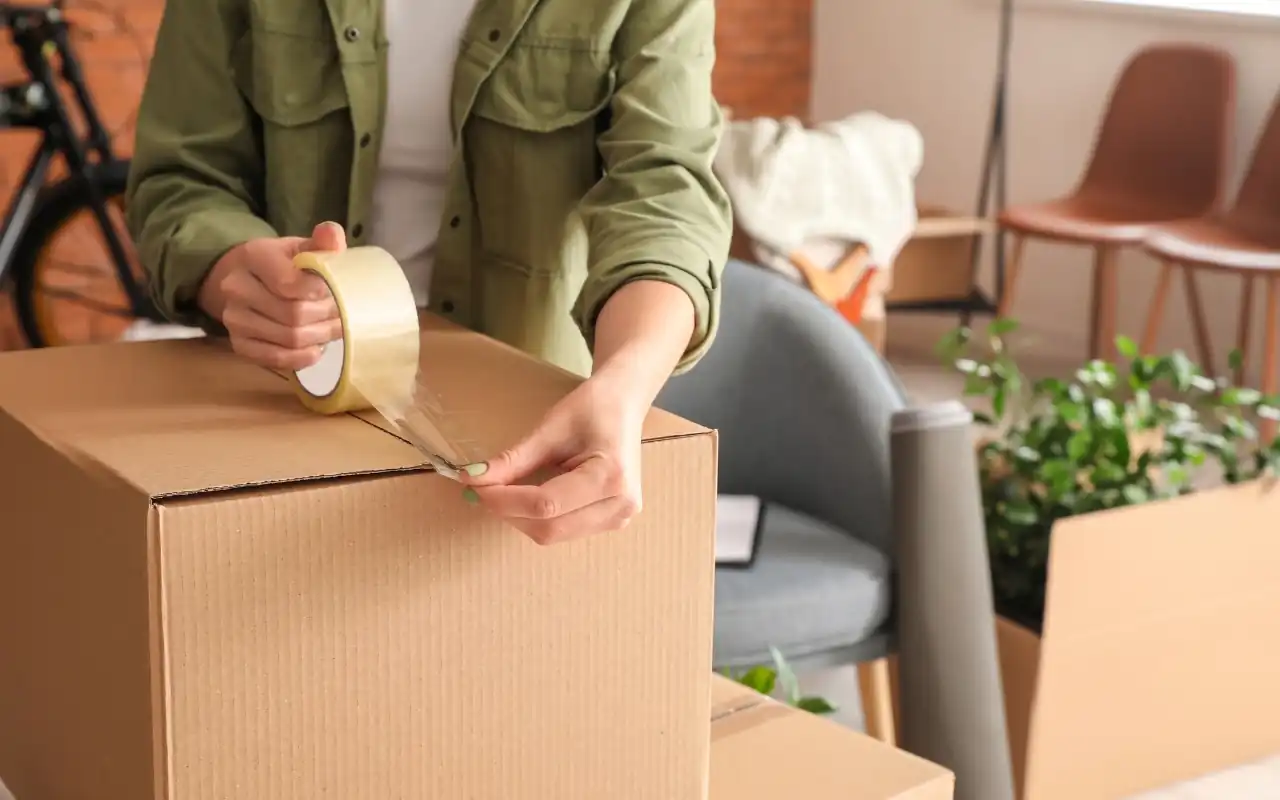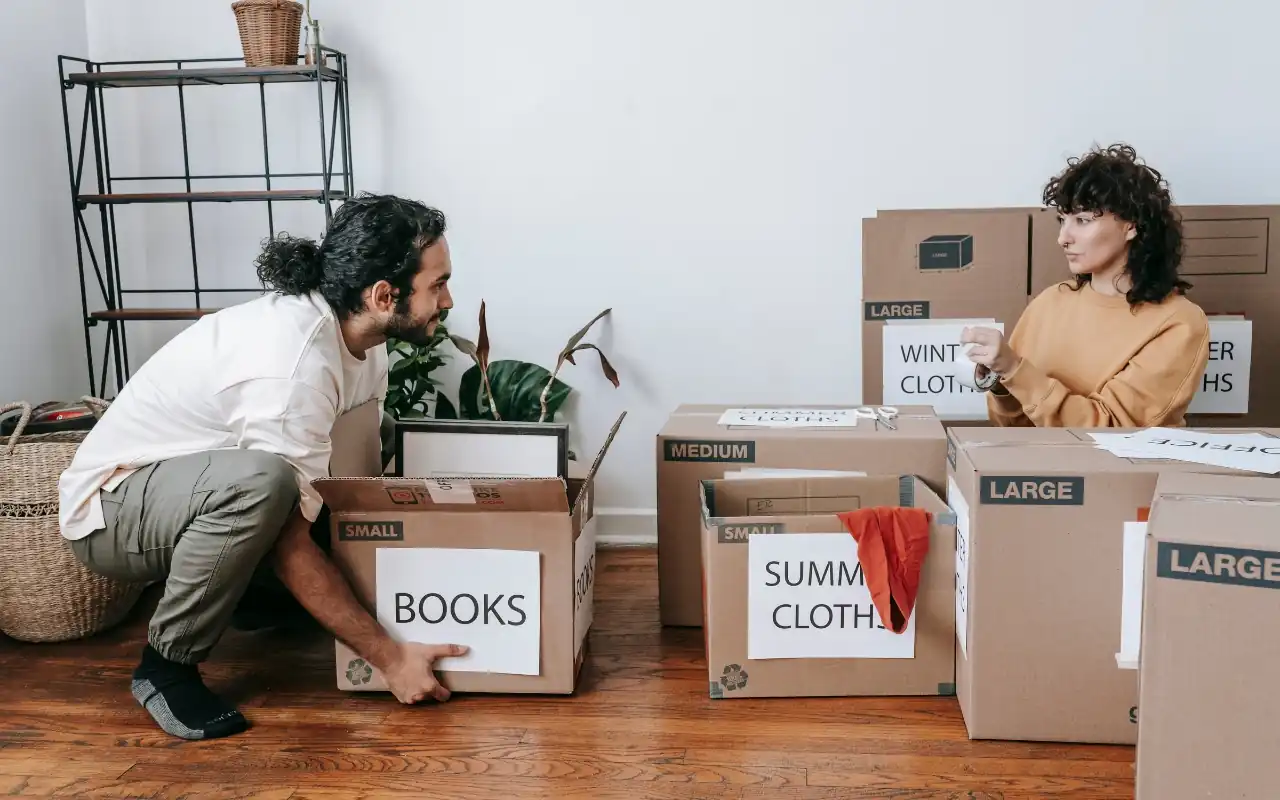
Have you ever felt overwhelmed by the chaos of packing? Whether you’re preparing for a move, vacation, or business trip, packing can feel daunting. However, learning how to pack efficiently can make the process smoother and less stressful. With the right strategies, you can save time, reduce hassle, and stay organized. In this guide, we’ll explore expert tips and tricks for streamlining your packing process. Whether you’re moving to a new home or planning your next adventure, these techniques will help you pack smarter and lighter.
Master the Art of Efficient Packing
Prepare Your Checklist Early
Packing efficiently starts with preparation, and a well-thought-out checklist is your best tool. A checklist ensures you don’t forget essentials and helps keep you organized.
Why You Need a Packing Checklist
A packing checklist isn’t just a list—it’s your plan for staying on track. It helps you:
- Avoid forgetting critical items.
- Save time by focusing on what matters most.
- Stay calm and organized throughout the process.
Customizing Your Checklist
Your checklist should be tailored to your needs. Here’s how to adjust it for different situations:
- For a Home Move: Include categories for fragile items, furniture, and moving-day essentials like snacks and cleaning supplies.
- For a Vacation: Add travel documents, clothing categories (casual, formal), and tech essentials like chargers.
- For Long-Term Storage: Note seasonal or infrequently used items, and include storage materials like vacuum-sealed bags.
Tools to Simplify Your Checklist
Apps and tools can make checklist creation a breeze:
- Use packing apps like PackPoint or Todoist for customizable templates.
- Try a spreadsheet for detailed lists with checkboxes.
- Visual learners can use sticky notes or whiteboards for quick reminders.
Declutter Before Packing
Packing is much easier when you reduce the number of items to pack. Decluttering saves space, time, and effort while helping you stay organized.
How to Declutter Effectively
- Sort items into categories: keep, donate, recycle, or toss.
- Be honest about what you actually use and need.
- Focus on items that are worth packing, especially if you’re moving to a smaller space.
By decluttering before packing, you’ll not only save money on materials and transportation but also make unpacking simpler. 
Choose the Right Containers
Selecting the appropriate containers is crucial for efficient packing. Durable, space-saving containers ensure your items stay safe and organized.
Best Containers for Packing
- For travel, opt for hard-shell suitcases to protect your belongings.
- For moves, use a mix of sturdy cardboard boxes and plastic bins for heavy or delicate items.
- Specialty containers like compression bags or wardrobe boxes can maximize space and protect specific items.
Tools Needed for Packing
Having the right tools makes packing easier and more efficient. Consider using:
- Packing tape and scissors for securing boxes.
- Bubble wrap and padding for fragile items.
- Labels or markers for easy identification.
- Packing cubes for organizing clothes.
Create a Packing Timeline
A packing timeline helps you break down tasks into manageable steps. Instead of rushing at the last minute, you’ll stay on track and avoid stress.
How to Create a Timeline
- Two Weeks Before: Declutter and gather packing supplies.
- One Week Before: Pack non-essentials like decorations and off-season clothing.
- Three Days Before: Focus on daily essentials, like toiletries and frequently used items.
- Moving Day: Pack last-minute items like food and electronics.
Sticking to a timeline keeps you organized and ensures nothing gets left behind.
Protect Fragile Items with Padding
Fragile items require special care during packing to prevent breakage. Using the right padding materials ensures your valuables stay safe.
Best Practices for Packing Fragile Items
- Use bubble wrap, packing paper, or foam for cushioning.
- Line the bottom of boxes with soft materials like towels or clothing.
- Fill empty spaces with crumpled paper to prevent items from shifting.
- Clearly label boxes containing fragile items to ensure careful handling.
Taking these extra steps reduces the risk of damage and gives you peace of mind.
Optimize Your Packing Process
Sort Items by Category
Sorting items by category ensures you stay organized during packing and unpacking. Keep similar items together:
- Clothing (casual, formal, seasonal).
- Electronics (cables, chargers, gadgets).
- Toiletries and personal care items.
This system saves time when unpacking and ensures nothing gets misplaced.
Learn Space-Saving Folding Techniques
Efficient folding can save valuable space and keep your items neat.
- The Roll Technique: Roll clothing tightly to reduce wrinkles and save space.
- Bundle Wrapping: To save even more room, wrap clothes around a central core, like a pouch filled with socks or underwear.
- For larger items, use compression bags to shrink bulky clothing like jackets or sweaters.
Secure Your Load
Ensure your containers are securely closed to avoid damage or spillage.
- Use TSA-approved locks for suitcases.
- Secure moving boxes with heavy-duty tape and strapping for transport.
- Wrap fragile items with bubble wrap or padding to prevent breakage.
Additional Expert Tips
Common Packing Mistakes to Avoid
Avoid these frequent pitfalls to save time and effort:
- Overpacking: Stick to your checklist to avoid bringing unnecessary items.
- Poor Labeling: Failing to label boxes can make unpacking chaotic.
- Forgetting Essentials: Always double-check your list before sealing your containers.
Eco-Friendly Packing Tips
Sustainable packing practices can reduce waste:
- Reuse old containers or borrow boxes from friends.
- Use biodegradable packing materials or fabric wraps.
- Donate or recycle items you no longer need before your move.
Specialized Packing for Different Needs
Every situation demands a unique approach:
- International Travel: Include adapters, travel insurance papers, and lightweight clothing for diverse climates.
- Packing with Kids: Involve them in packing their toys to keep them engaged.
- Moving with Pets: Prepare a separate bag for their food, toys, and documents.
Your Packing Journey Starts Here
Mastering how to pack efficiently isn’t just about saving space—it’s about reducing stress and staying organized. By decluttering, creating a checklist, and using expert packing techniques, you can streamline the process and focus on what matters most. Ready to take the stress out of packing? Whether you’re moving, traveling, or storing items, these tips will ensure your next packing experience is seamless. For personalized advice, reach out to us and let us help make your next move or trip a success!
